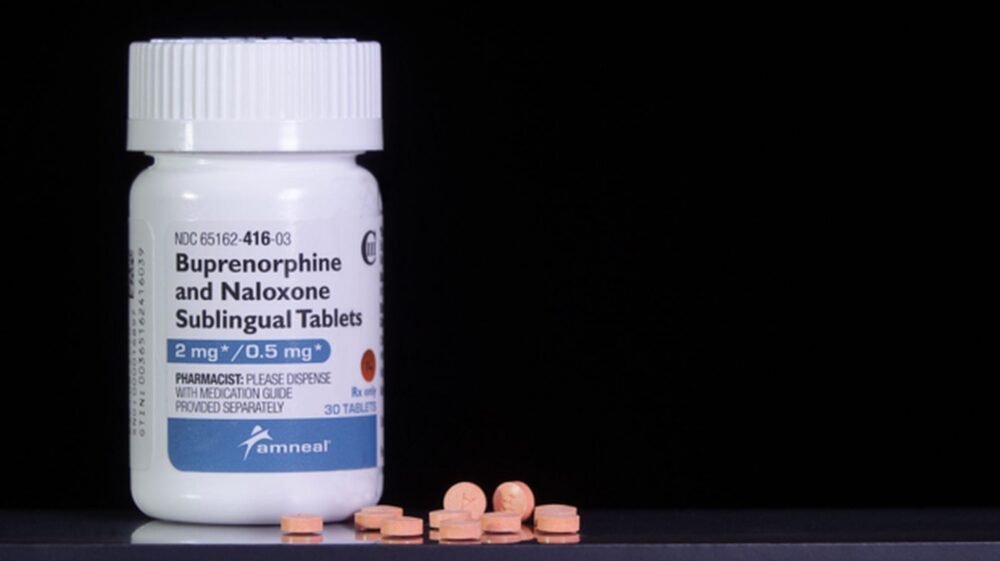If you or someone you love is struggling with opioid addiction, you know how difficult it can be to break free from its grasp. Opioid addiction can lead to devastating consequences, including job loss, financial ruin, and even death from overdose.
Thankfully, treatments available can help people overcome opioid addiction and reclaim their lives. One such treatment is Suboxone, a medication that has helped countless people overcome their addiction and achieve lasting recovery.
In this post, we will explore the benefits of Suboxone, including its ability to reduce cravings and withdrawal symptoms and its potential to lower the risk of overdose. We will also discuss the side effects of Suboxone and how to manage them, as well as provide a usage guide to help those considering Suboxone treatment. Read until the end to find out.
What Is Suboxone?
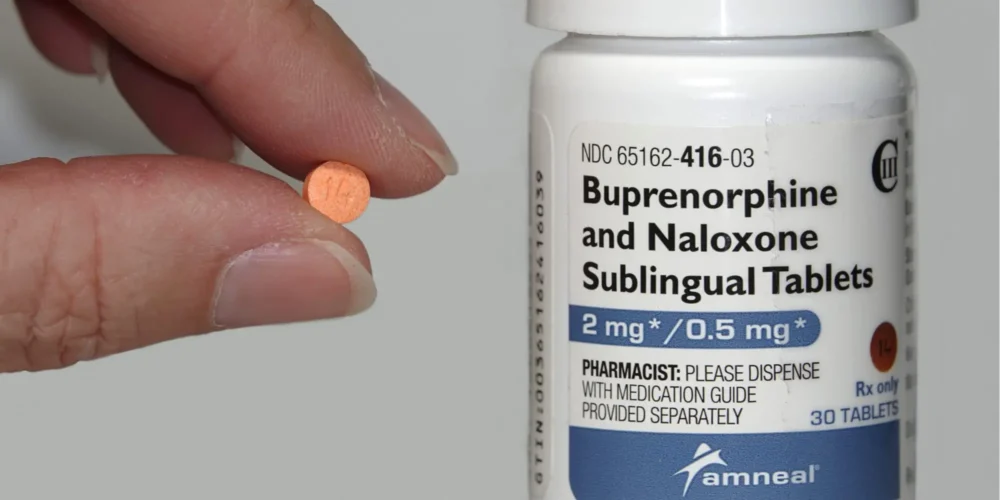
Source: theblackberrycenter.com
Suboxone is a prescription drug used to treat opioid addiction. Online Suboxone doctors can write you a prescription for it. It is a mix of buprenorphine and naloxone, two active ingredients that work together to reduce withdrawal symptoms and cravings for opioids. Buprenorphine is a partial opioid agonist, which means it has some of the same effects as opioids but not as much. Naloxone, on the other hand, is an opioid antagonist that can help stop people from misusing or abusing the drug.
Online Suboxone doctors are licensed medical professionals who can test patients for opioid addiction and prescribe Suboxone through telemedicine services. Confidant Health is an ideal platform for patients seeking treatment from online Suboxone doctors. With its HIPAA-compliant messaging and video consultation features, patients can receive high-quality care from the comfort of their own homes.
Note: It’s important to remember that Suboxone is a prescription drug that should only be taken with the help of a doctor, either in person or online.
The Benefits of Suboxone
It can help people trying to get off opioids in several ways. Here are a few of the most important things Suboxone can do:
1. Reduced Withdrawal Symptoms
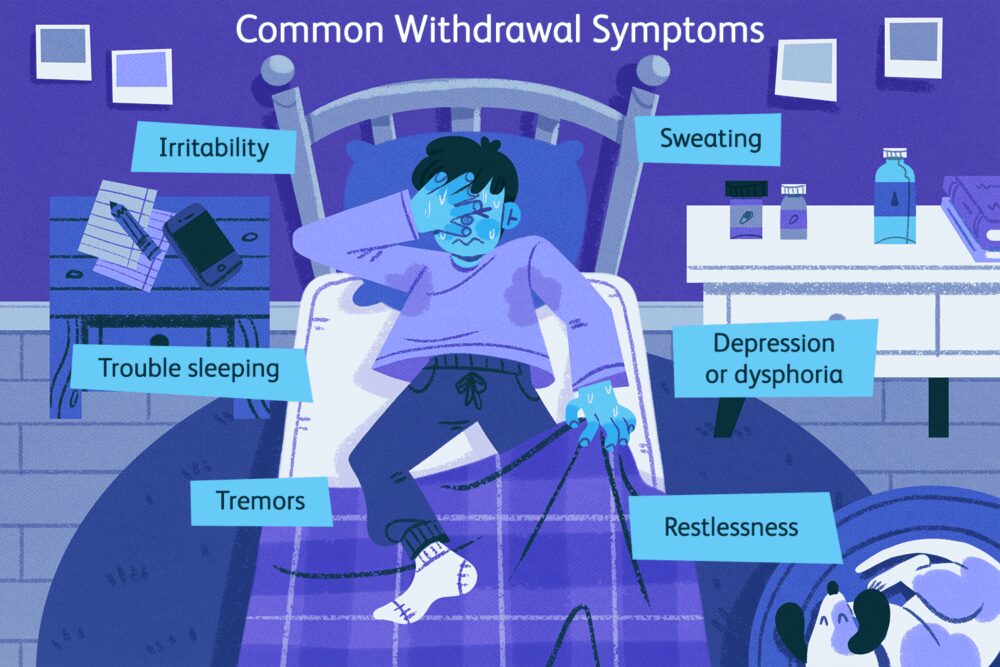
Source: verywellmind.com
It can help lessen the severity of the withdrawal symptoms that people often feel when they stop using opioids. This can make the detox process easier to handle and increase the chances of a successful recovery.
2. Lower Risk of Abuse
Suboxone has naloxone, an opioid antagonist that can help stop people from misusing or abusing drugs. This means that, compared to opioids like methadone, it is less likely to be abused or used for things other than medical purposes.
3. Reduced Cravings
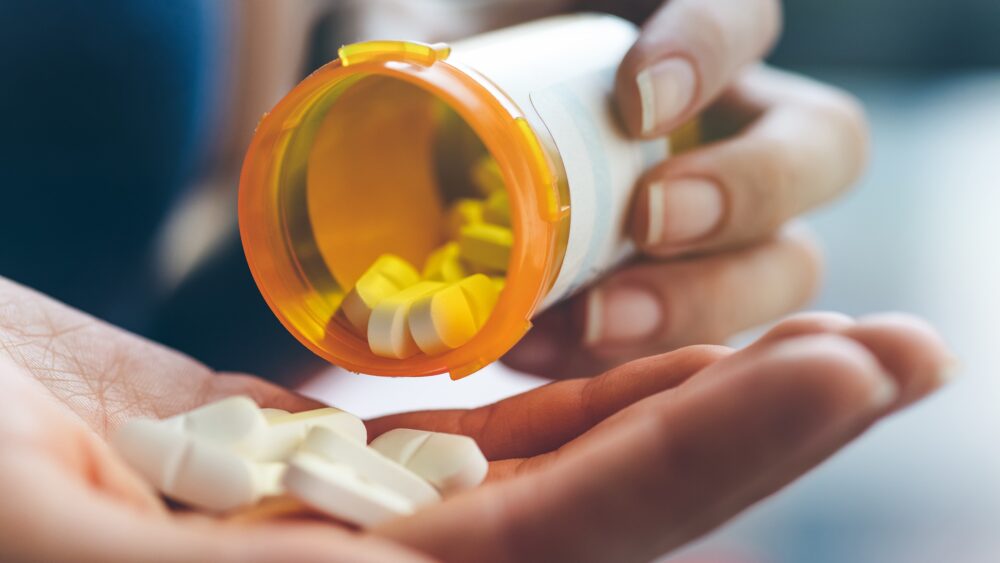
Source: goodrx.com
One of the active ingredients in Suboxone, buprenorphine, is a partial opioid agonist that can help reduce the desire to use opioids. This can help people resist the urge to use opioids and keep their recovery going.
4. Improved Quality of Life
Opioid addiction can hurt a person’s quality of life, including physical health, mental health, relationships, and jobs. It can help people control their addiction, making it easier for them to rebuild their lives and reach their goals.
5. Flexibility of Treatment
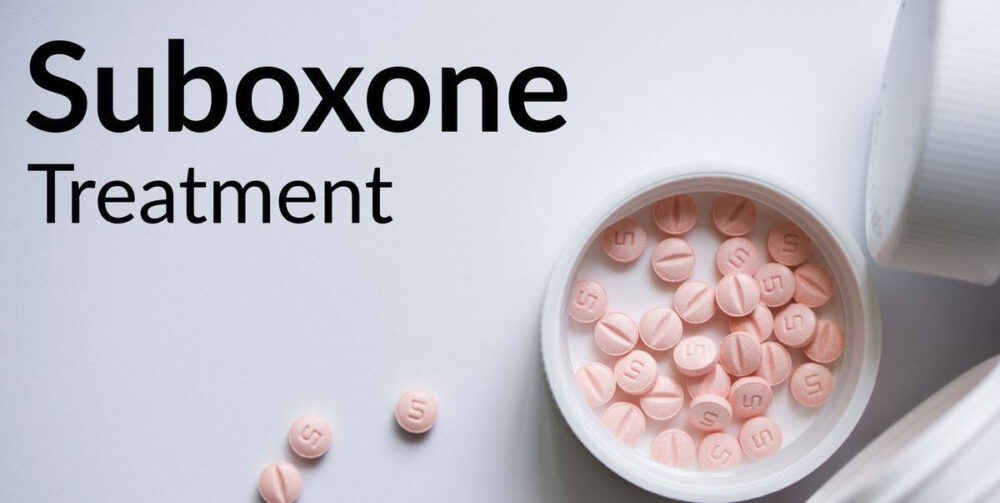
Source: ballardpsych.com
Suboxone treatment can be changed so that it fits each patient’s needs. It can be used as part of a full treatment plan that includes therapy and support services, or it can be used independently.
Overall, it can be a helpful way to deal with opioid addiction and help people get clean and stay clean. Talk to your doctor about whether or not Suboxone is a good choice for you, and follow their instructions on taking the drug safely and effectively.
The Side Effects of Suboxone
Like all medications, it can cause side effects. While most side effects are mild and go away, some can be more serious and must require medical attention.
Here are some of the most common side effects of Suboxone:
- Nausea and vomiting – It can cause stomach upset, leading to nausea and vomiting.
- Headaches are a common side effect of Suboxone, especially during the first few days of treatment.
- It can cause sleep disturbances, including insomnia or disrupted sleep patterns.
- Suboxone can slow down bowel movements, leading to constipation.
- Some people may experience excessive sweating, especially during the first few days of treatment.
- It can cause dizziness or lightheadedness, increasing the risk of falls or accidents.
- Respiratory depression – Suboxone can cause respiratory depression, a life-threatening condition in which breathing becomes slowed or shallow.
- Anxiety – Some people may experience increased anxiety while taking Suboxone.
- It can cause or worsen depression in some individuals.
- Skin reactions – It can cause skin reactions, including rashes and hives.
- Opioid withdrawal – If Suboxone is stopped, too, it can cause withdrawal symptoms like those experienced when stopping other opioids.
- Liver damage – It can cause liver damage in rare cases, especially in individuals with pre-existing liver disease or who take other medications that can affect the liver.
- Allergic reactions – It can cause allergic reactions in some individuals, which can be life-threatening.
The Usage Guide for Suboxone
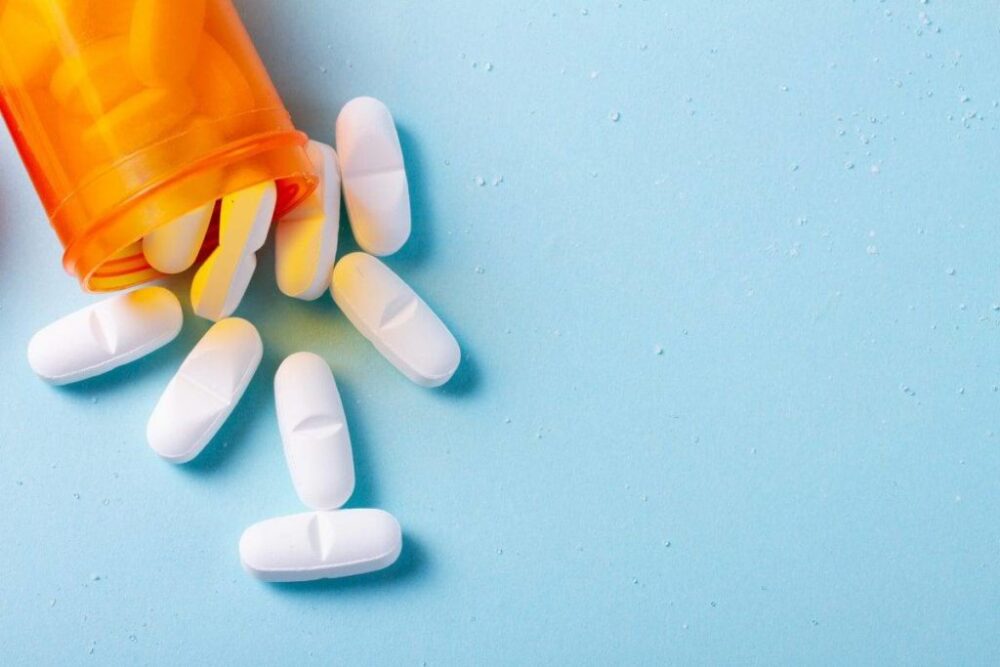
Source: northpointrecovery.com
Suboxone is a medicine that needs to be taken exactly as your doctor tells you to. However, the dosage and treatment length may differ for each person, depending on their medical history and how bad their opioid addiction is.
It comes in the form of:
- Sublingual tablets
- Films
They are put under the tongue and left to dissolve. It is important not to swallow or chew the tablet or film because doing so can make the medicine less effective.
It should be taken at the same time every day so that the amount of the drug in the body stays the same. It is also important not to use other drugs or alcohol while taking Suboxone, as this can increase the risk of side effects and overdose.
While taking Suboxone, working closely with a healthcare provider is vital. They can help track the person’s progress and change the treatment plan. As part of a full treatment plan for opioid addiction, getting counseling and other kinds of help is also essential.
Conclusion
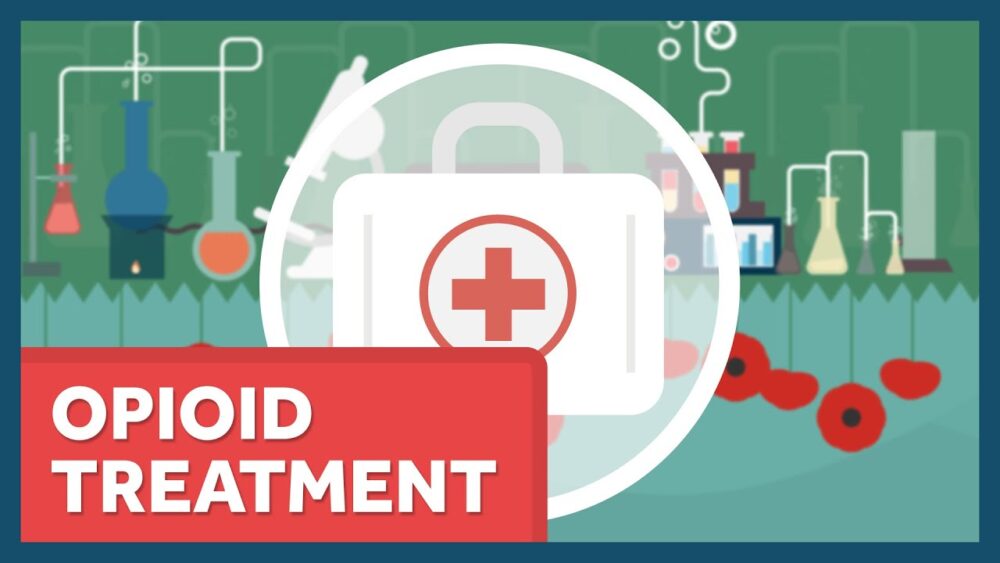
Source: youtube.com
It can be a powerful tool for treating opioid addiction. It has many benefits and fewer risks than other treatments for opioid addiction. Understanding the benefits, side effects, and right way to use Suboxone is important if you want to make good decisions about your health and get good results from your treatment.
Remember that recovery is a journey; as part of your ongoing care, it is important to stick to your treatment plan and use counseling and support services. With the help of Suboxone and a full treatment plan, you can beat your addiction to opioids and live a healthier, happier life.


